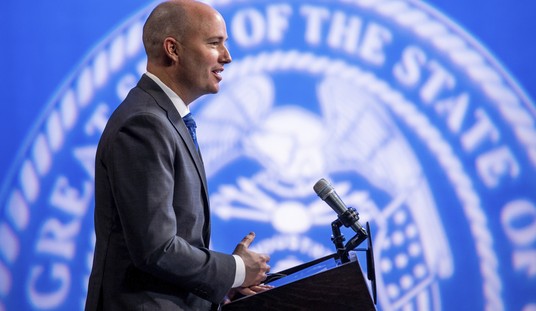The Army officer who led the last combat patrol in Baghdad and the author of the book “Iraq Full Circle” told Human Events he is stunned by the Nov. 9 resignation of retired Army Gen. David H. Petraeus as CIA director.
“He is a Soldier’s leader, a brilliant strategic and tactical mind, a visionary, his resignation is shocking to me,” said Col. Darron L. Wright, a three-tour veteran of Operation Iraqi Freedom.
The colonel, speaking as an individual and not as an Army spokesman, said he did not want to speculate about the reasons for the resignation.

He never met Petraeus personally, but his book is in large part about putting the general’s principles of counter-insurgency, which Petraeus coined as “COIN,” into practice in Iraq, Wright said.
“He will always be known as the author on our new COIN doctrine and field manual, FM 3-24, “Counterinsurgency,” that was implemented during the surge, driving force behind building-training of the Iraq Security Forces making them the capable force they are today,” he said.
Wright’s book is a memoir of war and preparing for war, and going to war and then thinking about war before going to war again.
The colonel’s first tour was the 2003 liberation of the Iraqi people. His second tour was the in 2005, just as the Army was figuring out the keys to victory and the American were beginning to think the war could never be won. His final tour was with the 2nd Infantry Division in 2011, and culminated with the both last American combat patrol in Baghdad and the Aug. 16, 2010 exit of the last combat troops from Iraq.
In the time between his second and third tour, the colonel commanded a battalion of soldiers, who played the opposing forces, OPFOR in Army-speak, in exercises with soldiers training to deploy.
In the book, Wright describes that process of the Army figuring things out—and Petraeus is the central figure.
Petraeus took command of coalition forces, called MNF-I, Multi-National Forces-Iraq, Feb. 10, 2007 and he brought with him the new field manual, Wright said.
“It had been 20 years since the Army published a field manual devoted exclusively to counterinsurgency,” he said. Petraeus spent the previous two year at the Army Combined Arms Center at Fort Leavenworth, Kansas developing the doctrine contained in the field manual. It was published in December 2006.
Army leaders were already implementing much of the COIN doctrine in 2004 and 2005, well before the official change in doctrine and the publication of the new field manual on COIN, he said.
One of the keys to COIN was the practice of clear-hold-build, he said. The technique has soldiers clear out a piece of territory of all insurgents, and the area is then secured in such a way that the insurgents cannot came back in. Once the area is held, the local population is free to build up their community and economy without fear of trouble coming back.
Wright said to most other leaders at his level, President George W. Bush’s troop “surge” in November 2006 was completely uncontroversial and utterly inevitable. “Clear-hold-build was the right strategy and would work but that they did not have enough troops to make it stick.”
In his closing chapters, Wright said he saw the growth and evolution of the Iraqi Security Forces, from an abjectly corrupt and militarily useless cohort in 2004 to a well-trained and stable entity capable of securing Iraq and providing for mostly-safe and open national elections in 2010.
Wright is still on active-duty and said he is hopeful for the future of Iraq. “Sectarian divisions persist, but that the Iraqi Security Forces have been well-trained by the US Army to secure Iraq’s future.”









Join the conversation as a VIP Member